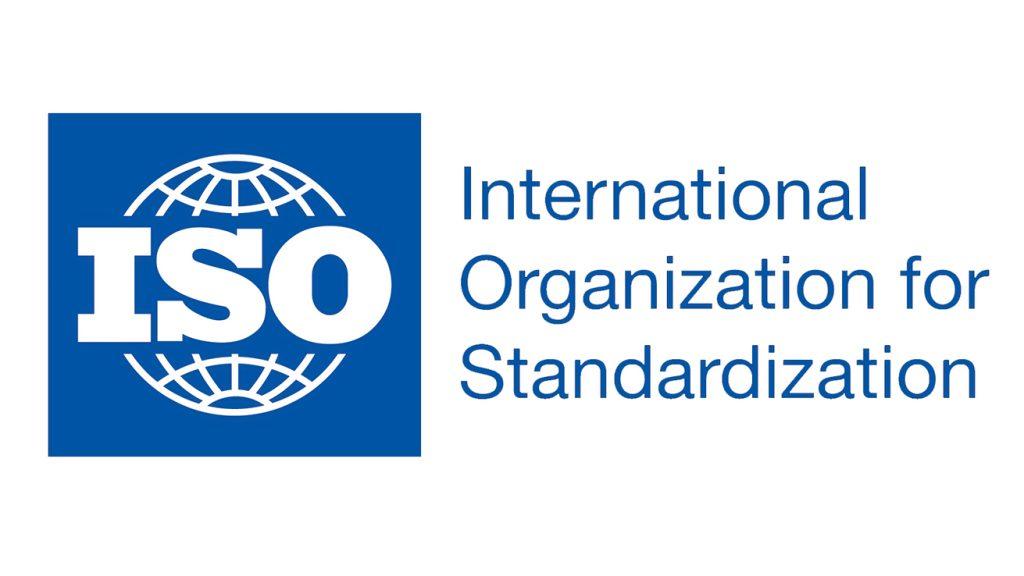Achieving ISO certification involves implementing and maintaining a set of specific standards and processes. Here are general steps to help you achieve ISO certification:
- Select the Appropriate ISO Standard: Identify the ISO standard that aligns with your organization’s objectives and industry. Common ISO standards include ISO 9001 (Quality Management), ISO 14001 (Environmental Management), ISO 27001 (Information Security Management), and others.
- Understand the Requirements: Study and understand the requirements outlined in the chosen ISO standard. Familiarize yourself with the criteria, guidelines, and best practices specified in the standard.
- Conduct a Gap Analysis: Perform a thorough gap analysis to assess your organization’s current practices against the requirements of the ISO standard. Identify areas where your organization is already compliant and areas that need improvement to meet the standard’s criteria.
- Develop an Implementation Plan: Based on the gap analysis, develop a detailed implementation plan that outlines the steps, resources, and timeline needed to achieve compliance. Assign responsibilities and establish clear targets and milestones.
- Establish Documented Processes: Create and document processes and procedures that align with the ISO standard’s requirements. This includes establishing quality management systems, environmental management systems, information security controls, or any other specific systems outlined in the chosen standard.
- Train and Educate Employees: Ensure that employees are trained and educated about the ISO standard, its requirements, and their roles and responsibilities in achieving compliance. Provide training sessions, workshops, or online resources to build awareness and competence.
- Implement the Processes: Roll out the documented processes and procedures across the organization. Ensure that employees understand and follow the established processes consistently. Monitor and measure the effectiveness of these processes and make adjustments as needed.
- Perform Internal Audits: Conduct regular internal audits to assess the implementation and effectiveness of the ISO standard within your organization. Internal audits help identify areas of non-compliance, process inefficiencies, and opportunities for improvement.
- Corrective Actions: Address any non-compliance or deficiencies identified during the internal audits. Implement corrective actions to rectify issues and improve processes. Maintain records of these corrective actions and their outcomes.
- Seek External Certification: Engage an accredited certification body to perform an external audit of your organization’s compliance with the ISO standard. The certification body will evaluate your processes, procedures, and documentation to determine if they meet the requirements. If successful, the certification body will issue ISO certification.
- Continual Improvement: ISO certification is not a one-time achievement. Commit to continually improving your processes, monitoring performance, and addressing any non-compliance or opportunities for enhancement. Regularly review the effectiveness of your systems and seek feedback from customers and stakeholders.
- Keep in mind that the specific steps and requirements may vary depending on the chosen ISO standard and your organization’s unique circumstances. It is advisable to consult with experts or engage a consultant who specializes in ISO implementation to guide you through the process.
Talk to us today if you are working towards ISO accreditation in your business.

